In today’s dynamic and interconnected world, businesses are awakening to the realization that inclusive marketing is not merely a strategic choice but an imperative. As our societies become more diverse and globalized, organizations are recognizing the transformative power of embracing inclusivity, especially in the context of disability. The evolution from traditional marketing to inclusive marketing is not just about broadening the customer base; it’s about weaving a tapestry that resonates with people of all backgrounds, abilities, and characteristics.
Understanding Inclusive Marketing
Inclusive marketing is all about ensuring that your marketing efforts resonate with a diverse audience, regardless of their backgrounds, abilities, or characteristics. In the context of disability inclusion, this means creating campaigns that are accessible to everyone. It is about extending the welcome mat to people of all abilities and making them feel seen, heard, and valued. The power of inclusive marketing lies in its potential to reach a broader audience and foster a more inclusive society.
To truly understand inclusive marketing, let’s break it down into key components:
1. Accessibility
Ensuring that your marketing materials are accessible to individuals with disabilities is a foundational step. This includes using alt text for images to provide descriptions for those who have visual impairments, providing captioning for videos to assist those who are deaf or hard of hearing, and creating websites that are easy to navigate using assistive technologies such as screen readers.
2. Representation
Authentic representation is at the heart of inclusive marketing. Feature individuals with disabilities in your advertising campaigns. This not only showcases a commitment to diversity but also creates relatable content for a broader audience. Remember, representation should be respectful, accurate, and reflective of real-life experiences.
3. Inclusive Language
Be mindful of the language you use in your marketing. Avoid stigmatizing or exclusionary terms and stereotypes. Instead, opt for a person-first language that prioritizes the person over their disability. Use positive and empowering language that respects the dignity and capabilities of individuals with disabilities.
Best Practices in Inclusive Marketing for Disability Inclusion
So, how can businesses effectively integrate these principles of inclusive marketing into their strategies, particularly in the context of disability inclusion? Let’s examine these best practices in more detail.
1. Accessibility
Accessibility is the cornerstone of inclusive marketing. It’s about creating content that can be accessed and understood by all, regardless of their abilities.
Here are some key considerations:
Alt Text:
When sharing images, provide descriptive alt text to convey the content and context of the image. This makes your visual content accessible to individuals using screen readers.
Video Captioning:
Ensure that videos are accompanied by accurate and synchronized captions. This not only helps those who are deaf or hard of hearing but also benefits individuals in noisy environments or non-native speakers.
Accessible Websites:
Your online presence matters. Ensure your website is designed with accessibility in mind. Use clear headings and readable fonts, and provide options for adjusting text size and contrast. Make navigation intuitive for keyboard users and screen reader users.
2. Representation:
Authentic representation is a core element of inclusive marketing, especially in the context of disability inclusion. When crafting your marketing campaigns, consider the following:
Diverse Models:
Include individuals with disabilities as models and actors in your advertisements. Authenticity goes a long way in connecting with your audience and portraying a commitment to inclusivity.
Storytelling:
Share real stories of individuals with disabilities. Highlight their achievements, experiences, and contributions. These narratives humanize disabilities and challenge stereotypes.
Collaboration:
Partner with disability advocacy organizations and individuals with disabilities to ensure your campaigns are respectful, inclusive, and accurate.
3. Inclusive Language
Language matters
The words you choose can either empower or stigmatize. Here are some guidelines for using inclusive language in your marketing efforts:
Person-First Language
Put the person before the disability. For example, say “a person with a disability” rather than “a disabled person.” This emphasizes the individual’s humanity over their condition.
Avoid Stereotypes
Refrain from using stereotypes or clichés in your marketing. People with disabilities are a diverse group, and their experiences are varied. Avoid overgeneralizing or making assumptions.
Use Positive Terminology
Use positive and empowering language. Highlight the abilities and strengths of individuals with disabilities rather than dwelling on limitations.
Real-life Case Studies
The most impactful way to grasp the potential of inclusive marketing is to examine real-life case studies. Let’s take a closer look at organizations that have made significant strides in inclusive marketing, particularly in relation to disability inclusion.
1. Procter & Gamble’s #ChooseToInclude Campaign
Procter & Gamble’s #ChooseToInclude campaign is a testament to the positive impact of inclusive marketing. The campaign features Paralympic athletes and highlights their journeys, achievements, and dreams. It not only garnered attention but also demonstrated a profound commitment to inclusion. By featuring athletes with disabilities, P&G showcased their support for inclusivity, breaking down barriers, and embracing diversity.
2. Microsoft’s Super Bowl Commercial
Microsoft’s Super Bowl commercial featuring a young gamer with a disability, Owen Simmons, is another powerful example of inclusive marketing. The commercial touched hearts and demonstrated the power of authentic representation. It followed Owen’s journey as he used adaptive technology to play video games with his friends. The heartwarming story illustrated that disability is not a barrier to connection and achievement.
In these case studies, we see that inclusive marketing is not just about reaching a broader audience; it’s about making a positive impact on society. These organizations recognized that embracing inclusivity goes hand in hand with making their brand more accessible, relatable, and influential.
Leveraging social media for Inclusive Marketing
In today’s digital age, social media is a primary platform for marketing. Leveraging these platforms for inclusive marketing is crucial. Here are some strategies for ensuring your marketing content on social media is inclusive:
Image Descriptions
Platforms like Twitter allow you to add image descriptions. When sharing images, take a moment to provide a brief description so that those using screen readers can understand the content.
Alt Text on Instagram
On Instagram, you can add alt text to your images. This ensures that individuals with visual impairments can access and enjoy your visual content.
Accessible Videos
Videos are a powerful tool for engagement. Ensure that your videos have accurate and engaging captions. Captions not only benefit individuals who are deaf or hard of hearing but also provide value in noisy environments or for non-native speakers.
Engage with Diverse Communities
Actively engage with diverse communities on social media. Seek out feedback and insights from individuals with disabilities to improve your content. Inclusion isn’t just about representation; it’s about listening and learning from diverse voices.
Conclusion
Inclusive marketing is not just a trend; it’s a fundamental shift in how businesses engage with their audience. As we wrap up this newsletter, remember that inclusive marketing is a journey, not a destination. By adopting these practices, you’re not only expanding your reach but also contributing to a more inclusive world.
We encourage you to put these principles into action, and we thank you for joining us in this exploration of inclusive marketing and its role in disability inclusion. Let’s engage in a conversation about inclusive marketing and disability inclusion. We appreciate your support and commitment to fostering an inclusive society.
If you have any questions or would like to share your thoughts and experiences with disability inclusion, please feel free to plan some time with me at BookTrish.com

